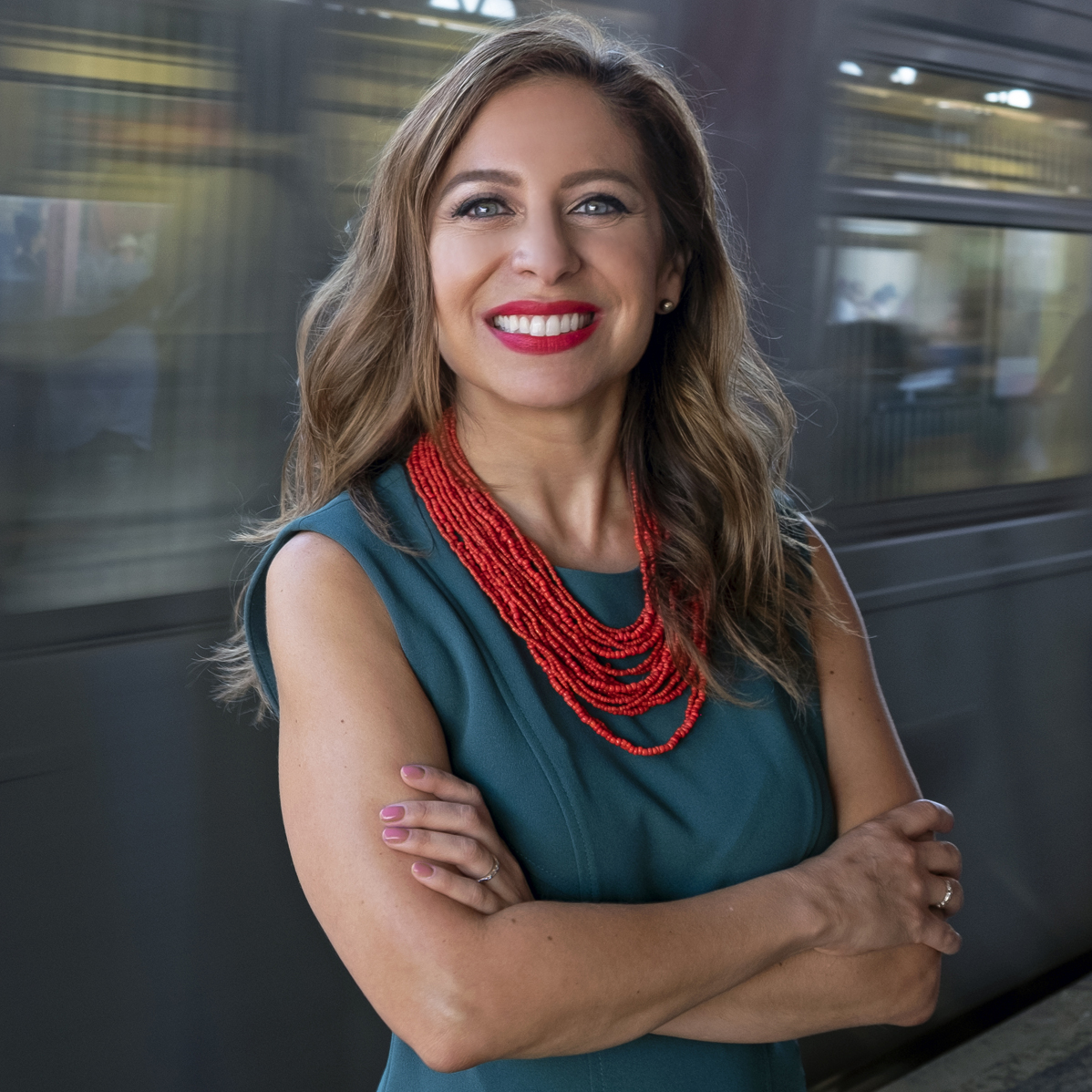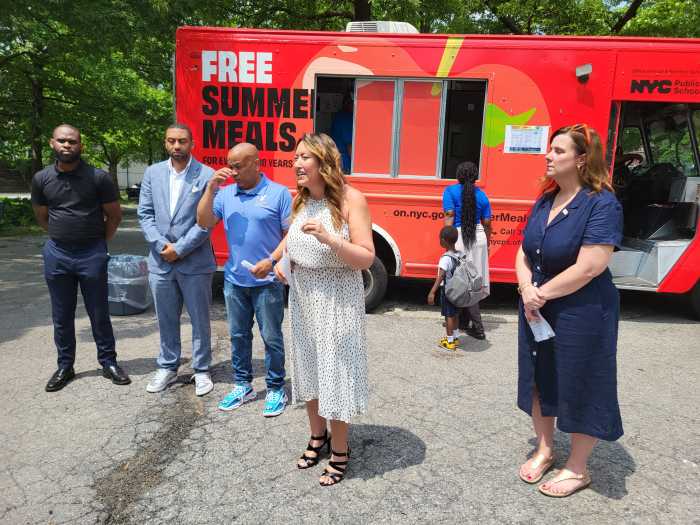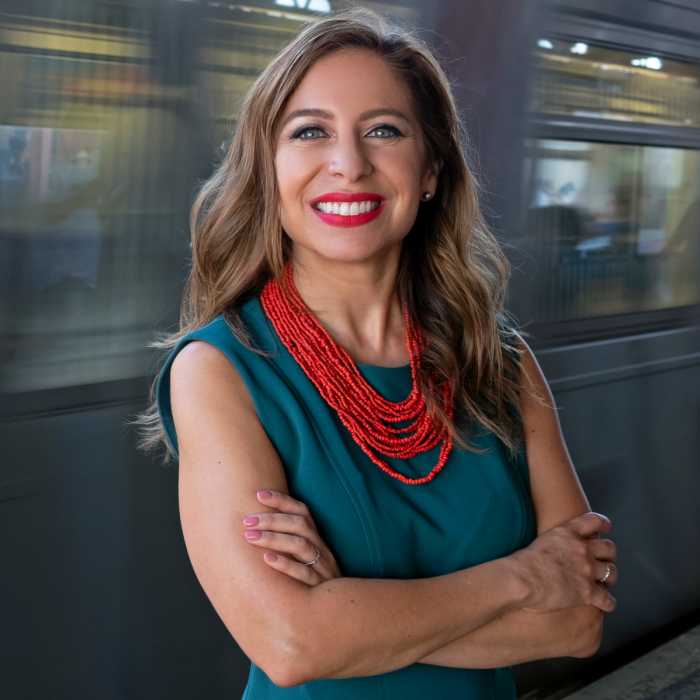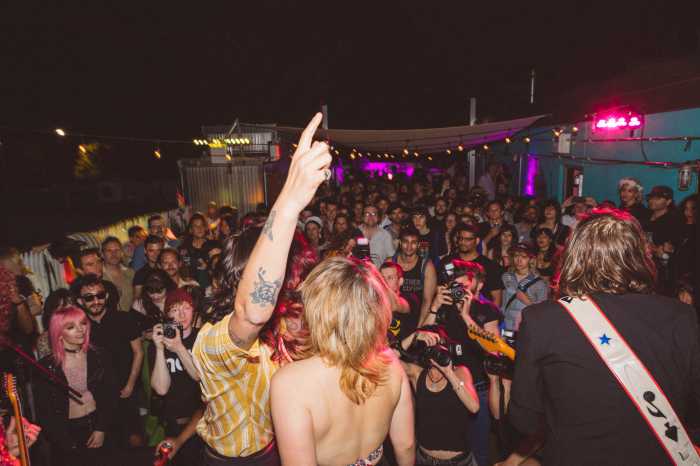In the workplace, it is one thing to deal with bias that is obvious and out in the open. But what about the biases you do not even realize you have?
That is called “unconscious bias,” and no matter how enlightened you are, you probably have some. It can stem from a hundred different things: your childhood, your location, your groups of friends, images you see in the media. It can exist in any number of areas, from race to gender to appearance to age.
The tricky thing is to uncover these biases, so you can interact with friends and colleagues without any hidden baggage. That is the challenge facing Kara Helander, chief diversity, equity and inclusion officer of private equity firm the Carlyle Group. She is rolling out unconscious bias training across Carlyle’s workforce of 1,800 employees.
Helander spoke with Reuters about the ways we can all take the uncomfortable step of turning the microscope on ourselves.
Q: How did you decide to tackle this area of unconscious bias?
A: We all have biases, because of how we have been socialized. What is core for us is to make sure we as individuals take responsibility for these biases. If you understand that bias, you can take steps to mitigate it. We want to give people concrete insights and tools they can use every day.
Q: What does this bias training look like?
A: We developed a program called “Better Decisions,” which we have rolled out to 80% of our employees around the world so far.
It involves the delivery of information, and the opportunity to work through exercises and have group discussions. Once the pandemic hit, we translated these sessions into Zoom formats to reach more employees globally.
Q: What is an action step that can help people overcome biases in the workplace?
A: One of the concepts we teach is the power of how you introduce someone. The words you use can significantly impact the influence they will have. So if I introduce you with more information on who you are and what you have done, that will give you a bigger voice in that setting.
We help people understand the power of that, such as when a senior member of a team introduces a junior member.
Q: Bias can involve race or gender, but it can also be much more than that?
A: Bias can impact anyone. It could be based on physical characteristics, or the professional memberships you have. It could be your age, or your accent, or where you’re from. There are a whole host of different characteristics. People need to reflect on not letting unconscious bias influence their decisions.
Q: Beyond the initial training session, how does this take root in the company?
A: A one-time training session will help people take some action, but if you want to sustain that over time, you have to remind people with nudges.
We follow up in a number of ways, providing reminders of key concepts. A good example is with performance reviews or promotion committees. Ahead of those deliberations, we remind them of some of the ways bias can influence those decisions.
Q: As a woman in a male-dominated industry, have you ever experienced bias yourself in the past?
A: There have been moments when I have experienced the bias we are talking about. For example, scientific research shows that in any meeting of eight people, three people take up more than 60% of the time. Others can have a difficult time getting heard. So some of our teaching is around the idea of managing meetings so that all voices can be heard.
Q: By definition, unconscious bias is difficult to identify – so what advice would you have for companies and executives who have not even thought about this issue?
A: This work is part of excellent decision-making, and you ignore it at your own risk. You want to make sure you are creating the right culture, and bringing in the right people, and managing teams to bring out their best thinking.
If that is the ultimate goal, then understanding unconscious bias is a competitive advantage every company should have.


































